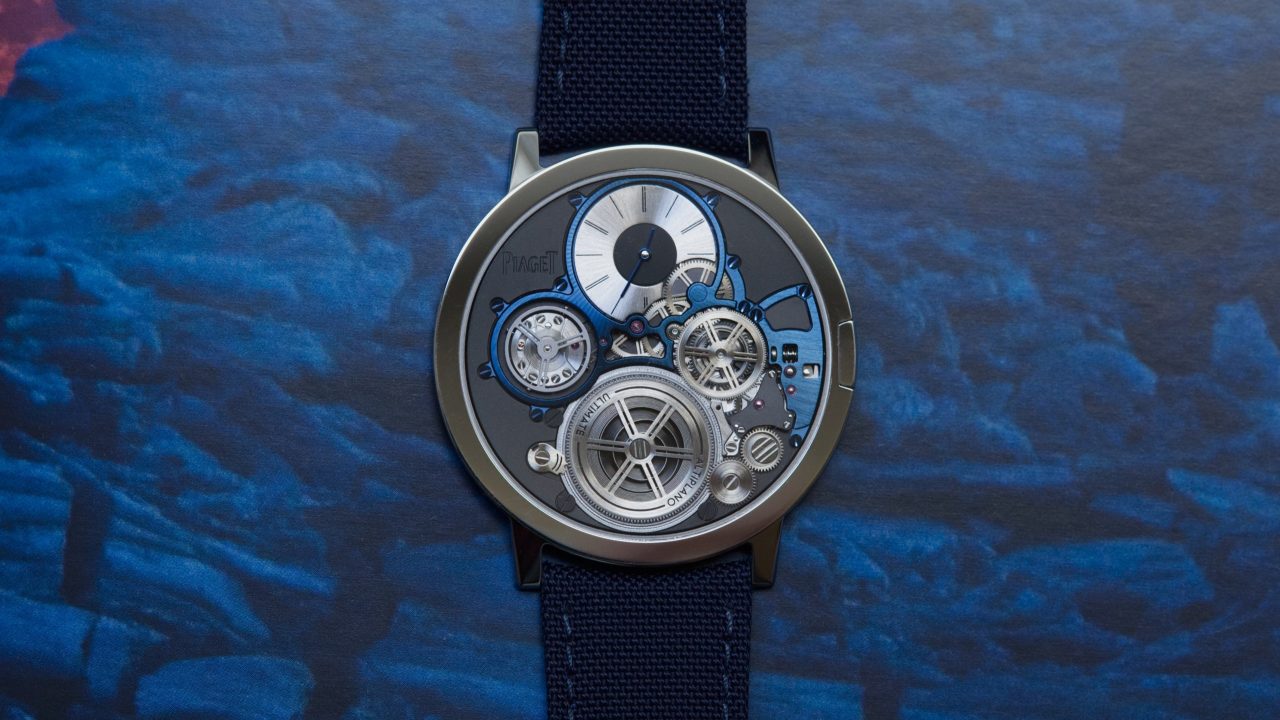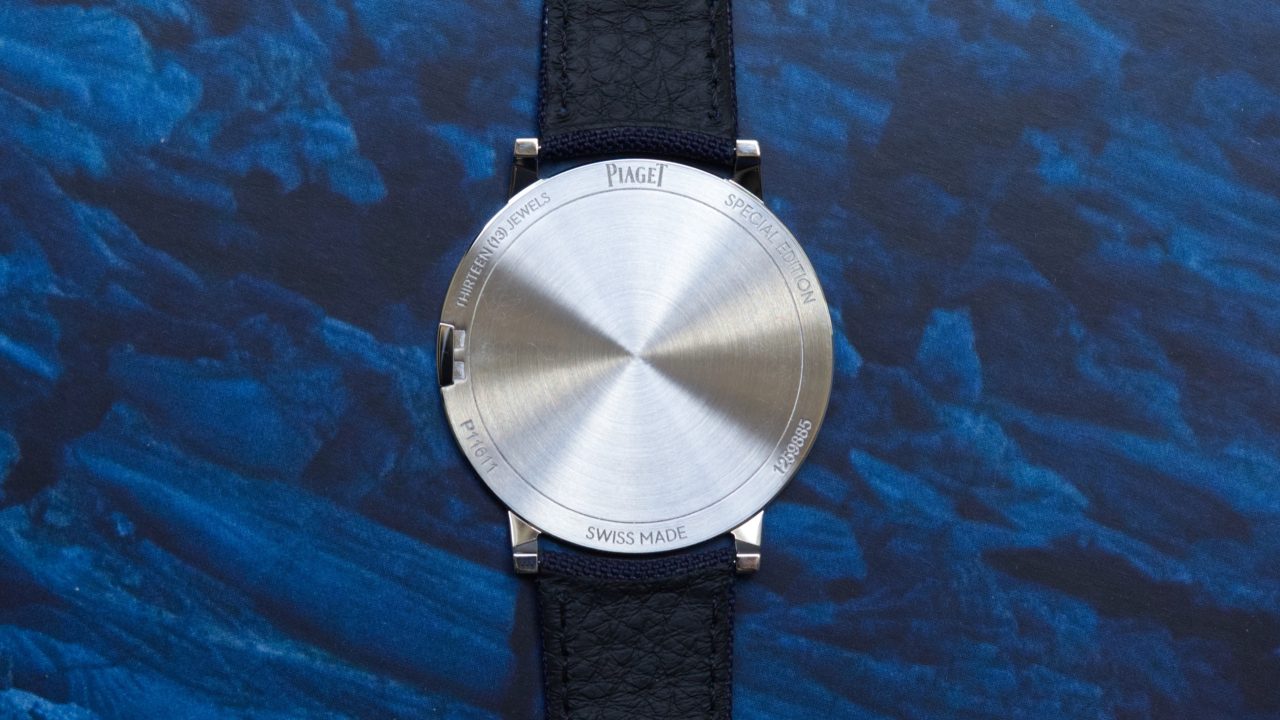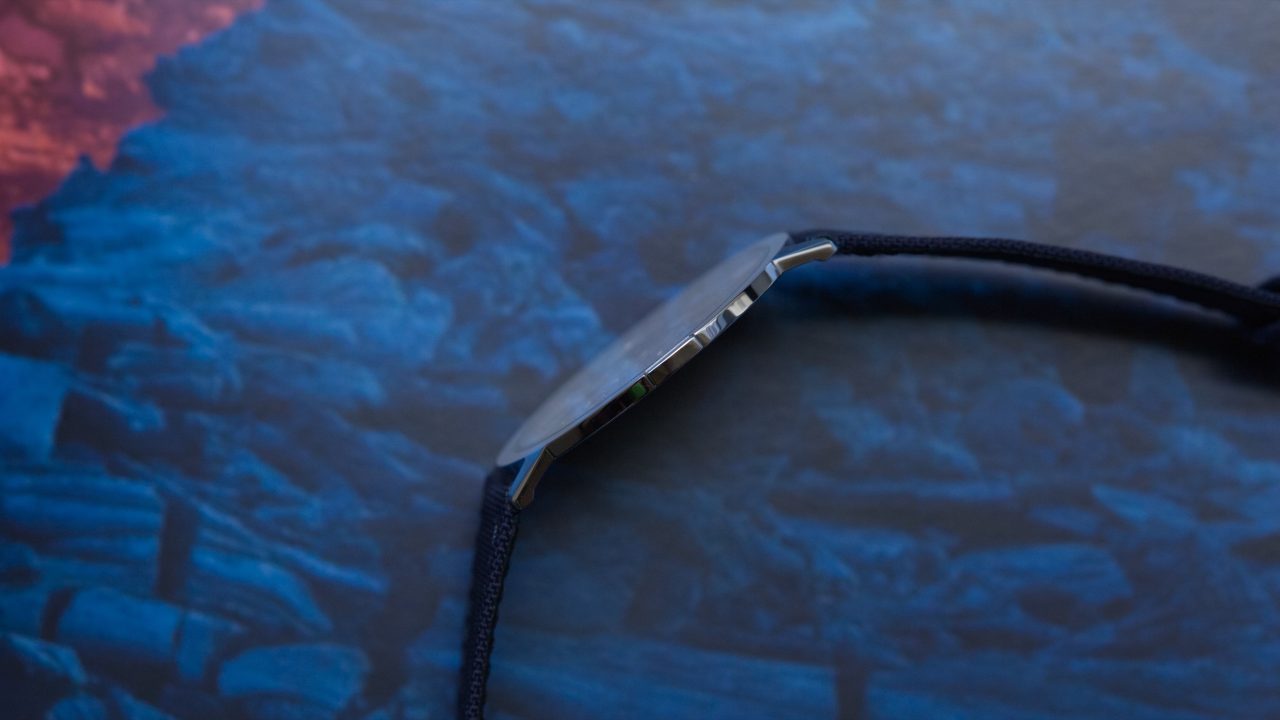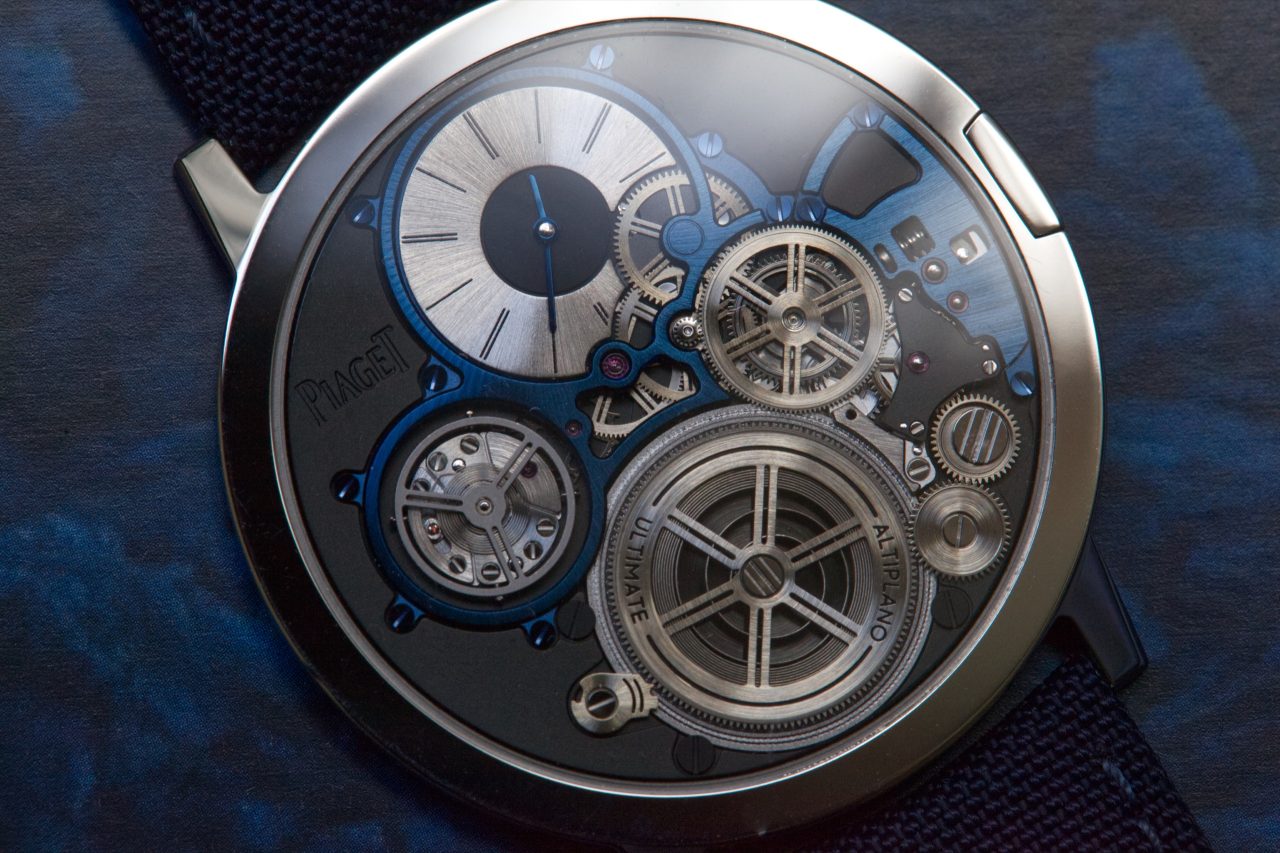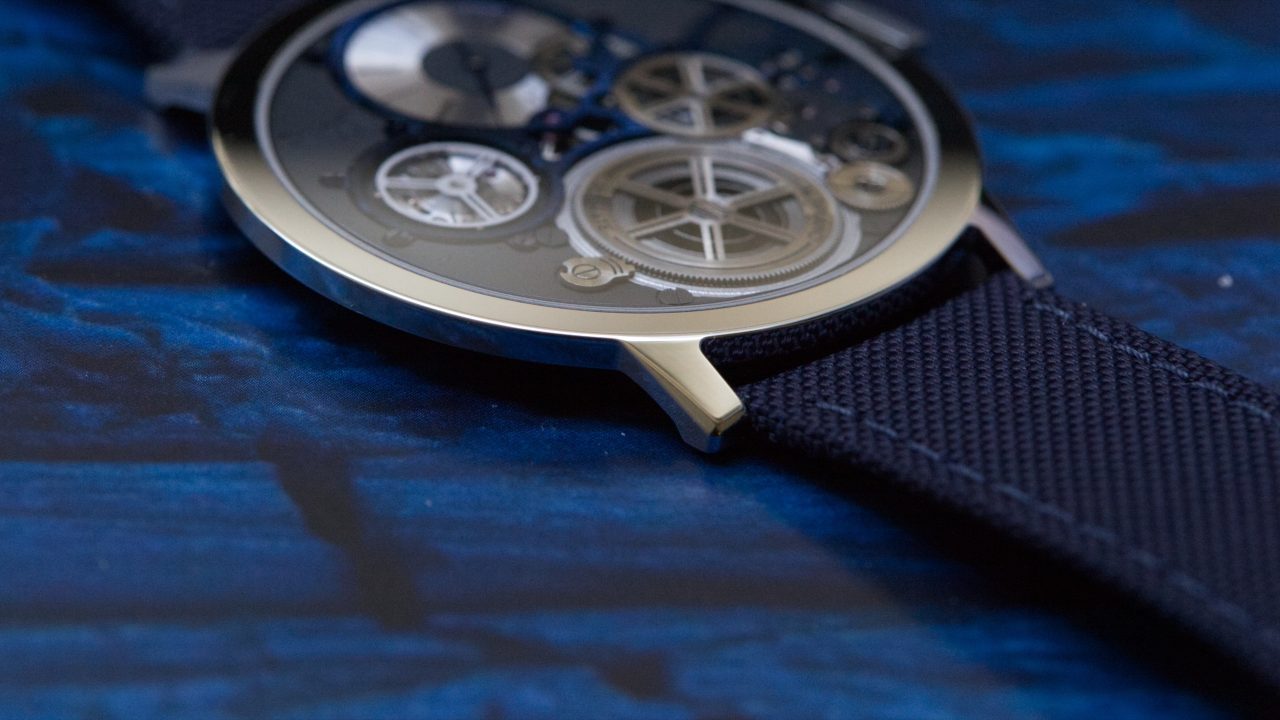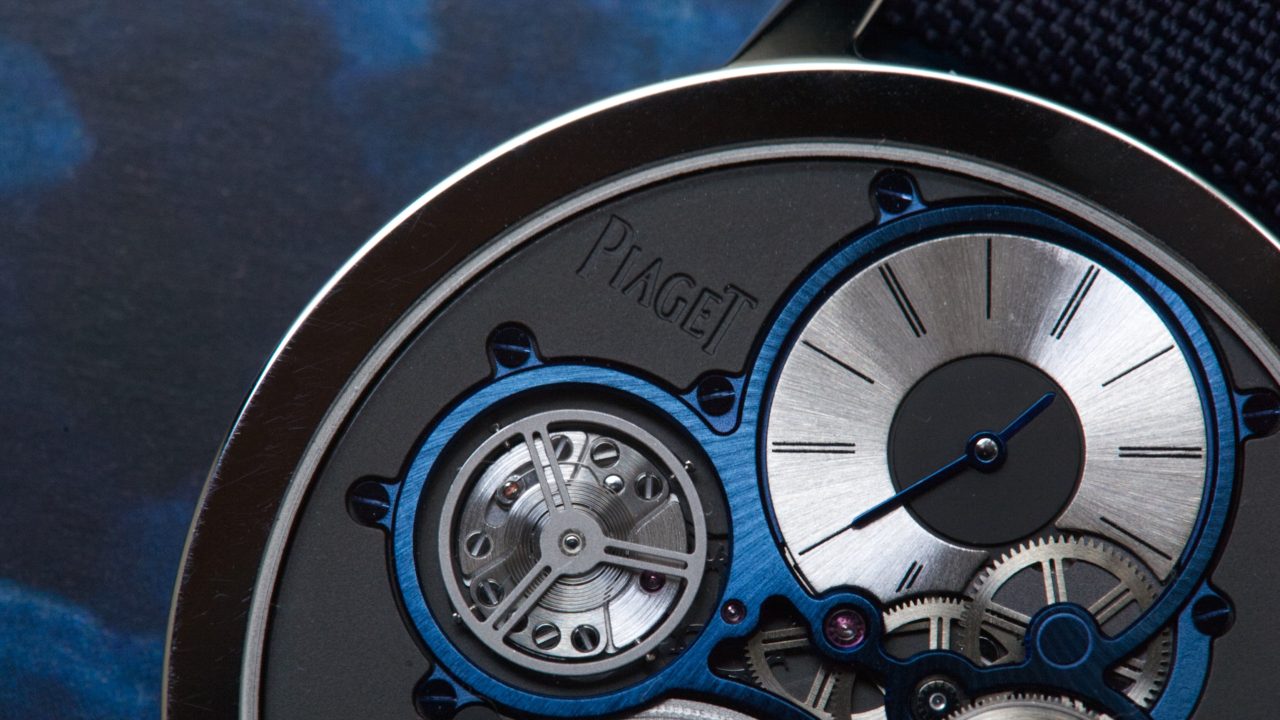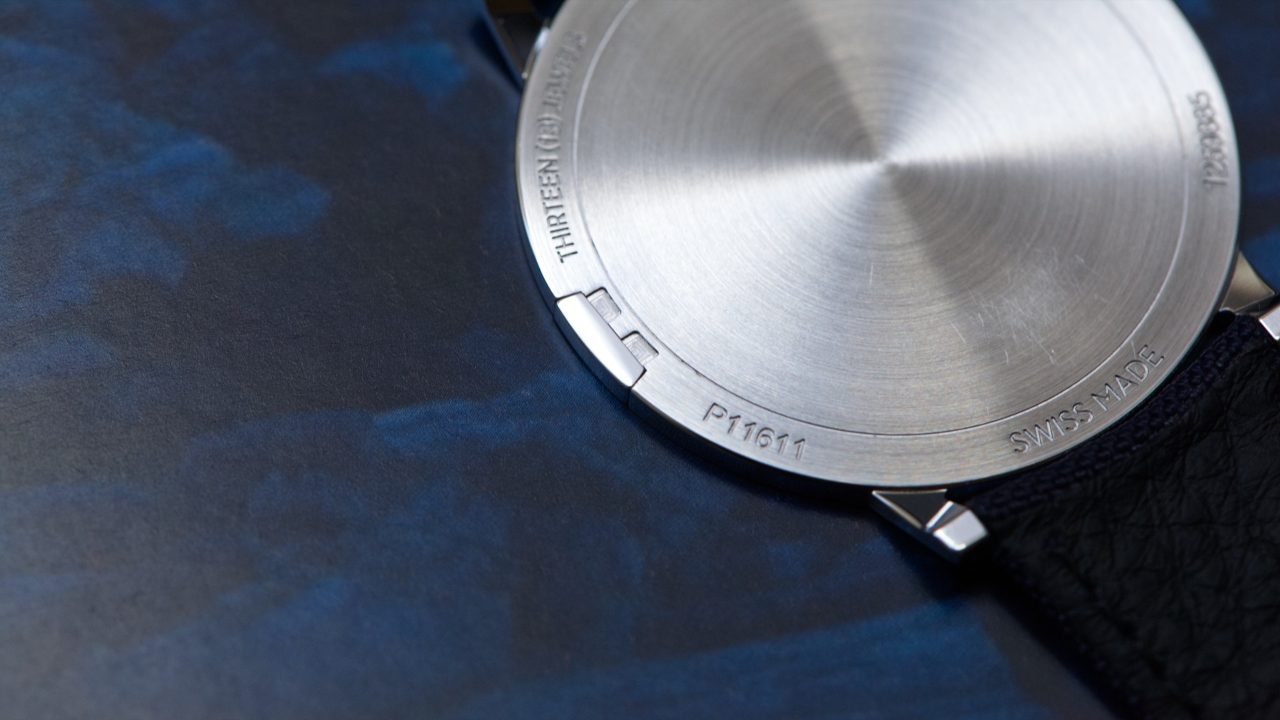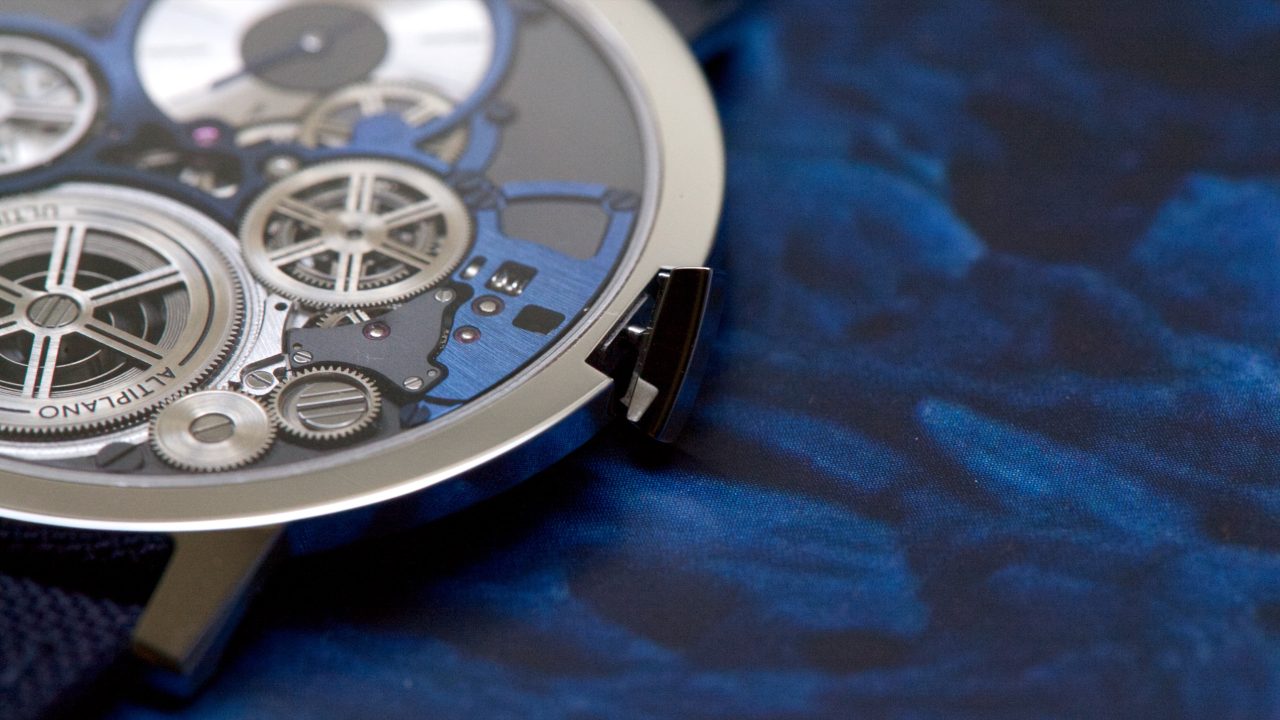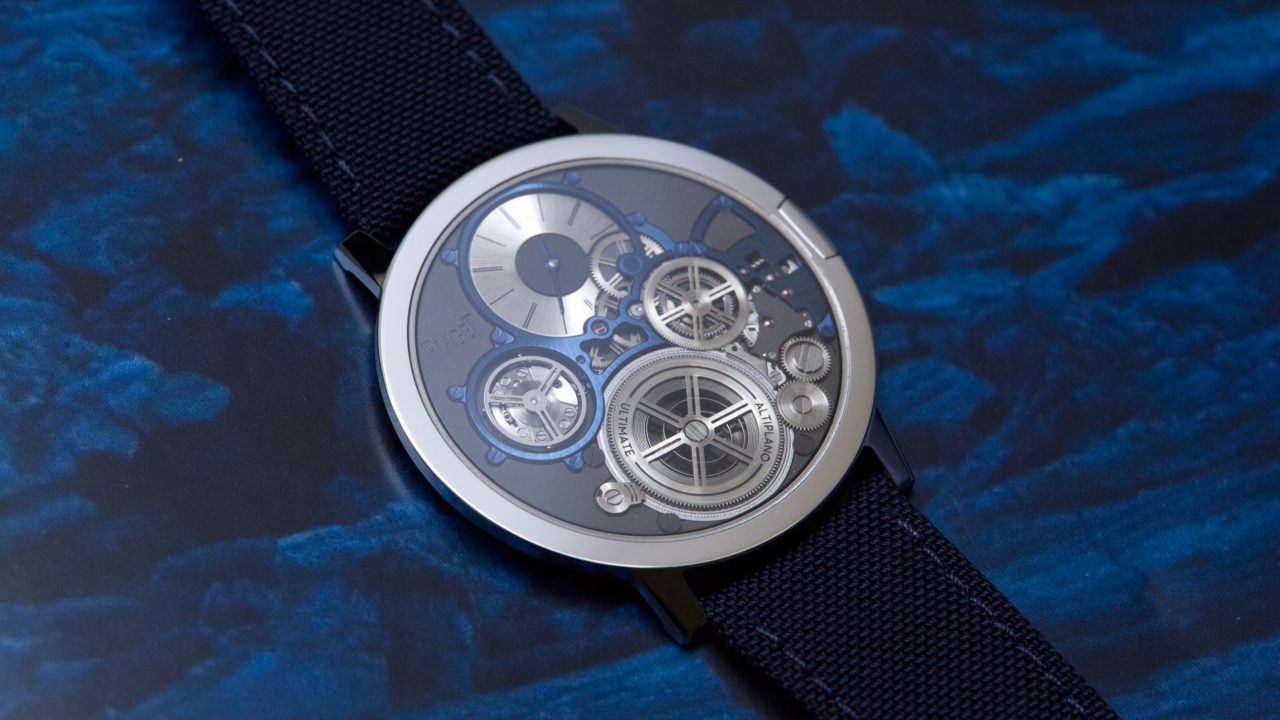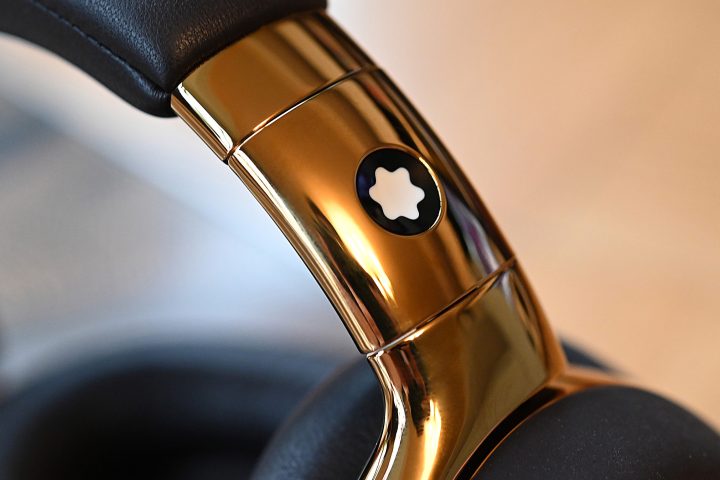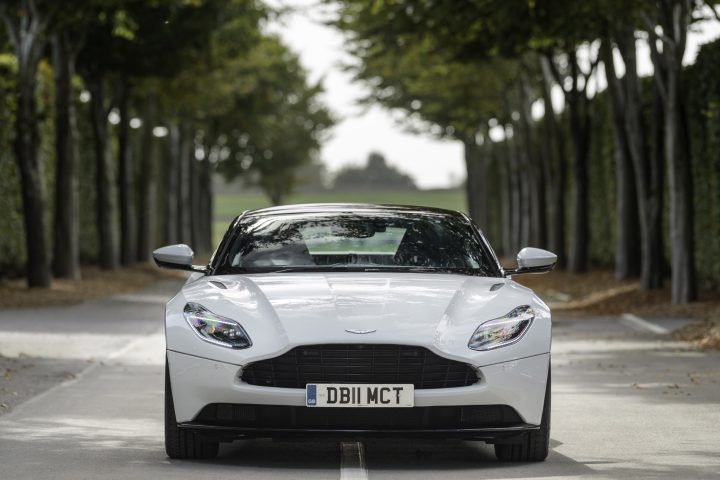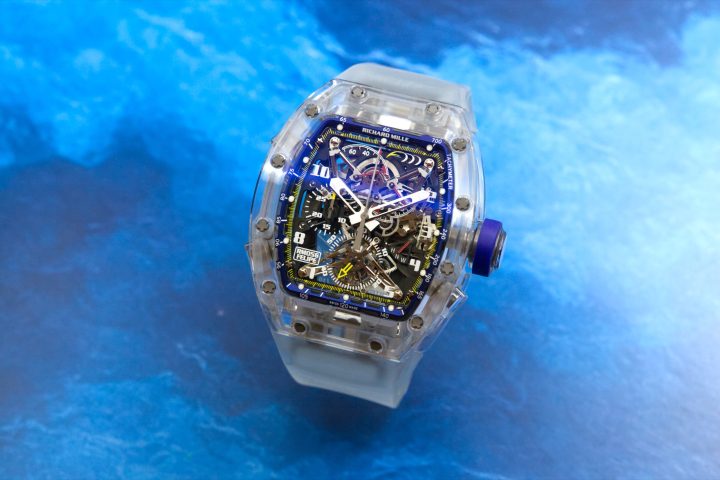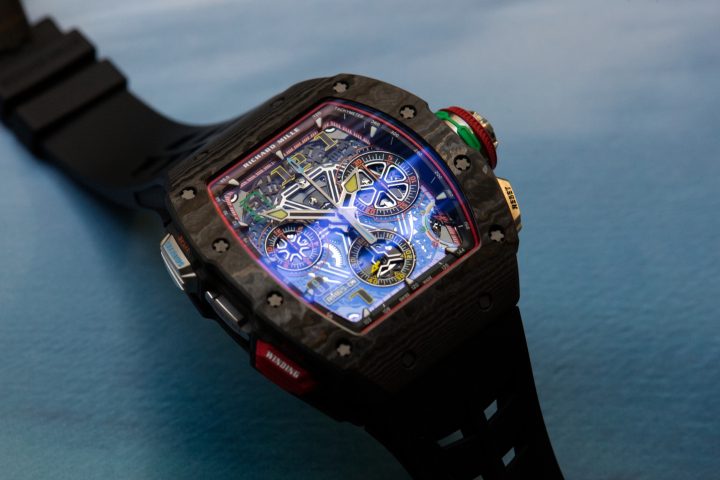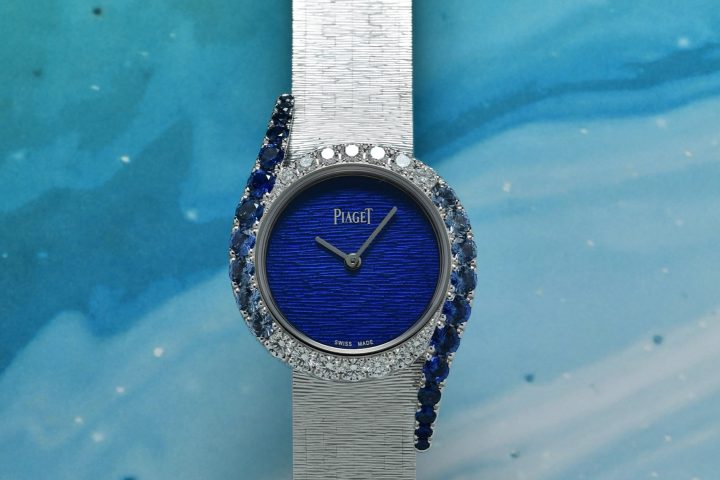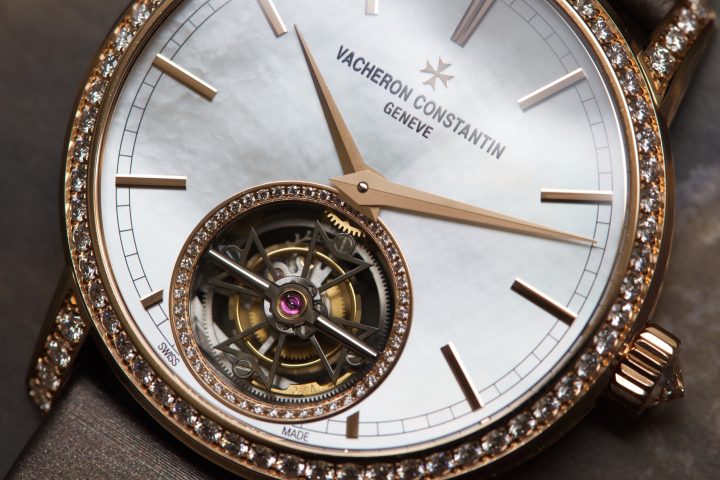Only an honourable few maisons in the modern watchmaking industry possess the know-how, and more importantly, the dedication to pursue the crown of manufacturing the thinnest wristwatch. Piaget began their predilection for developing ultra-thin calibres over half a century ago, and it has since then been one of their signature developments. Specifically, in 1957, they introduced the 9P calibre, which was one of the thinnest manual wound movements at the time, measuring a mere 2mm thick. An automatic calibre 12P, the world’s thinnest self-winding movement, followed just three years later, coming in at just 2.3mm thick thanks to the adaptation of a micro-rotor winding mechanism. Both calibres established the possibility of a slimmer profile that was never before seen, and even by today’s standards, they remain relevant and are rather impressive for their architecture that few can match.
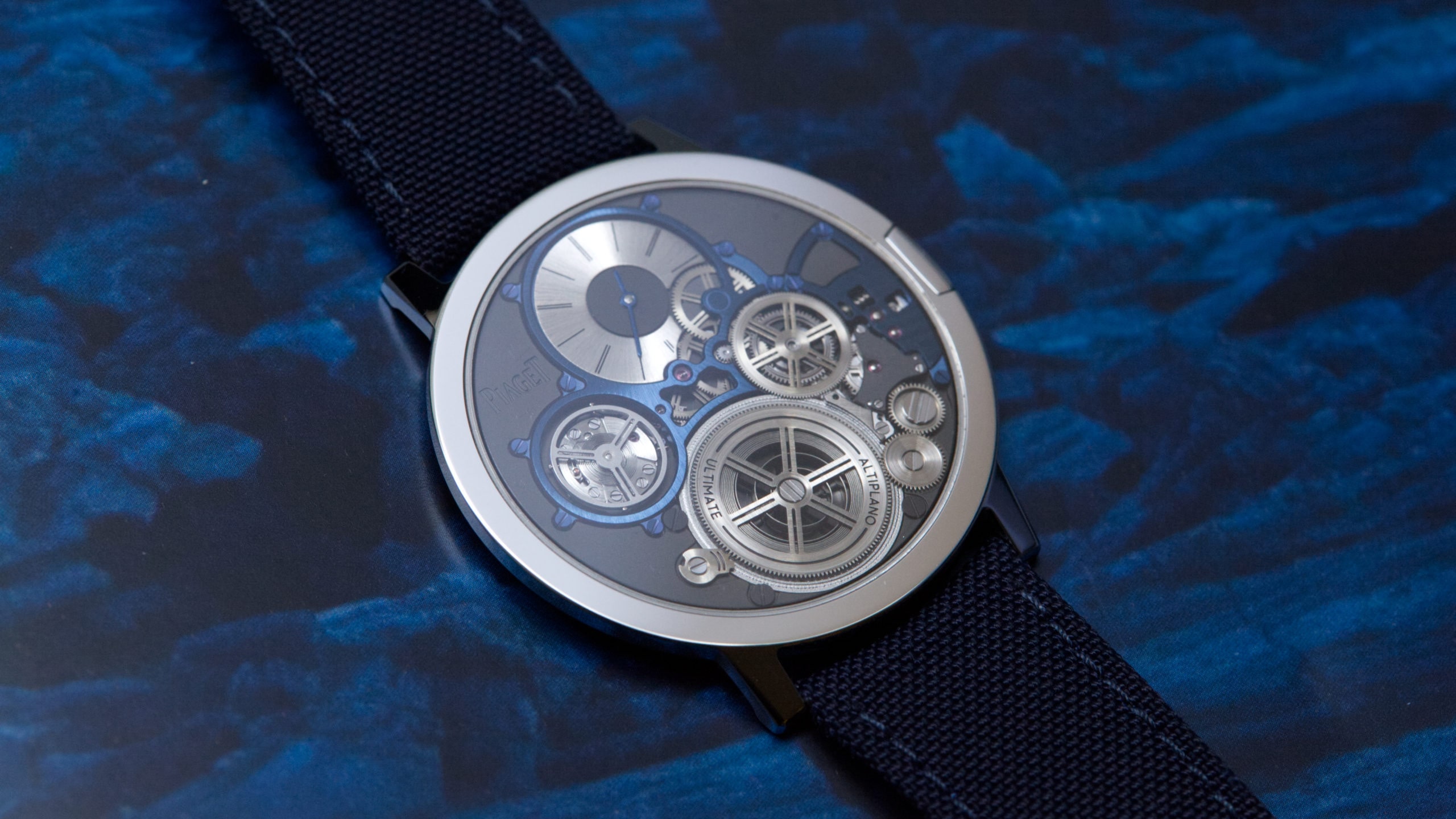
Without a doubt, Piaget popularised the ultra-thin calibre and continued to explore refinements, as other well-known names in the industry subsequently participated in the thinnest wristwatch race. However, there are natural limits dictated by several factors related to a wristwatch, from the manufacturing of the components to the durability of the calibre and watch assembly, particularly when worn on the wrist. It would take an innovative approach to make a mechanical watch not only thinner, but suitably resistant to the wear and tear that any timepiece faces in the real world.
In 2014, Piaget introduced the Altiplano Ultimate Manual 900P to tackle this problem. Unlike a regular watch where the movement is a separate assembly that is secured within a case, the baseplate is part of the case itself, leading to a significant reduction of the overall thickness of the watch. It must be said though that this is not a new approach, having been used by other brands from the late 1970s, in both quartz and mechanical watches. Using this construction, the Piaget 900P achieves a thickness of only 3.65mm overall, making it the thinnest mechanical watch yet.
Pursuing the creative quest, and having sparked the development of some contenders to the ultra-thin crown at other brands, Piaget introduced the Altiplano Ultimate Concept (AUC) as a prototype at the Salon International de la Haute Horlogerie (SIHH) in 2018. The AUC measured at 41mm in diameter by an astonishing 2mm overall thickness, which is the same thickness as the original ultra-thin calibre 9P, without a case. This technical breakthrough consumed a good five years’ effort from the R&D team, resolving the tolerances brought upon every component and putting it through all sorts of stress tests. It was certainly one of the talks of the fair in 2018, for it was truly amazing to see a fully functioning mechanical movement with a height of just 2mm. Few were allowed to even manipulate the prototypes in 2018, lest any inadvertent manipulation lead to some lamentable damage, and there was little indication that Piaget would ever take it beyond a concept phase. And yet, just two years later, the Altiplano Ultimate Concept is now available to order.
The AUC is now a true monobloc construction, with the case, baseplate and bezel all fabricated from a single piece of cobalt alloy, a material chosen for its rigidity as traditional materials, at that level of thinness, would be prone to bending. The only closure on the watch is the surreally thin 0.2mm glass, which is affixed by adhesive to the countersink of the inner case, and therefore creating a flush surface. And because the glass is sitting so close to the movement, all the moving components are designed to recess slightly below the bridges, so in the case of shock, where the glass would flex, the bridges would protect against any contact between the glass and the movement.
Interesting enough, the movement only has 13 jewels, and it is because certain wheels and mechanisms are mounted on ball bearings instead of ruby jewels. With the mainspring barrel being one of the most obvious components that uses ball bearings, it was designed without cover and drum, therefore leaving enough space for the ratchet wheel to sit on top of the barrel.
The balance, or the balance staff to be specific, also pivots on a ball bearing, thus eliminating the otherwise necessary bridge and shock absorber and its reciprocal thickness. As seen in the pictures, it is constructed in an uncommon, upside down arrangement, with the balance wheel placed on top of the balance spring.
In addition, Piaget also redeveloped the winding system as a traditional one would simply be too thick for the watch. Internally, an endless screw was used to replace a pinion gear, which operates and transfers energy in a similar manner, but is more favourable for its thin profile. As for the crown, it was seamlessly integrated into the case. Although it can be operated normally, Piaget provides an external winding crank that yields a more comfortable ratio and ergonomics, which also features a safety clutch that will smartly disengage when approaching maximum capacity, and also ensures that there is less risk of bending the stem when the crown is in its winding position away from the case.
By setting a goal in pursuit of the thinnest mechanical watch ever, the Altiplano Ultimate Concept is the result of incredible horological innovation, which was proven by it winning the Aiguille d’Or at the Grand Prix d’Horlogerie de Genève last year. A further touch for the collector attracted by the AUC, Piaget opens up the possibility for colour customisation on almost every watch component, making each AUC a unique and highly personal combination. The gauntlet has certainly been thrown by Piaget, and it would be difficult to image an even thinner mechanical watch being developed; whether another maison (or Piaget themselves) will pick up the challenge and take it further remains to be seen.
